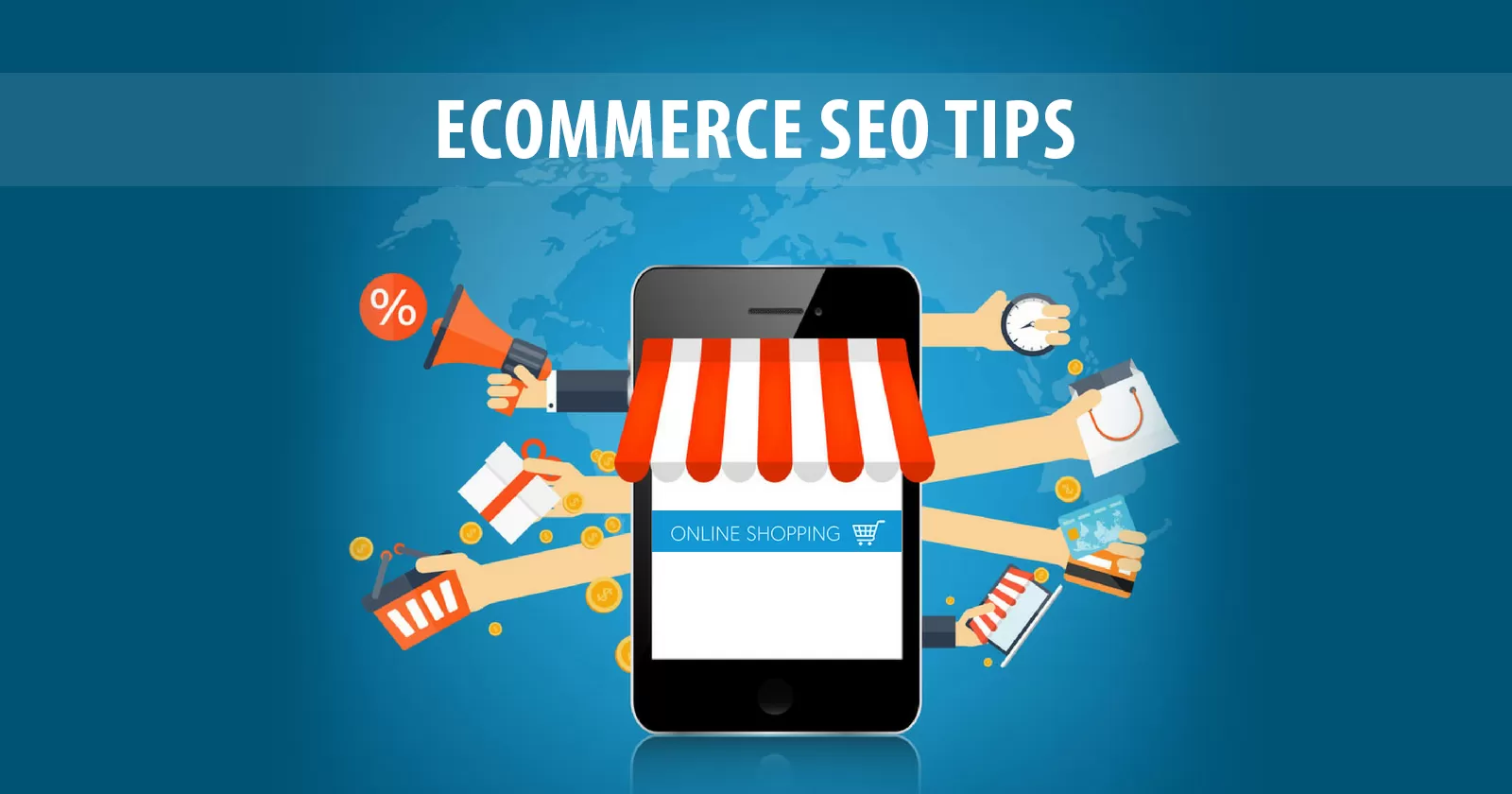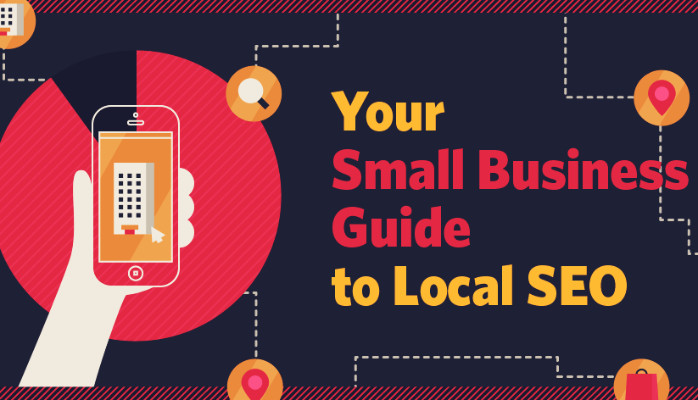1. Perform Comprehensive Keyword Research
Effective keyword research is the foundation of a successful e-commerce SEO strategy. You need to understand what your potential customers are searching for and create content that aligns with their intent.
- Target Long-Tail Keywords: Long-tail keywords are highly specific and usually less competitive. They cater to users who are closer to making a purchase. For example, instead of targeting “laptop,” target “best budget laptops for students.”
- Use a Variety of Tools: Tools like SEMrush, Ahrefs, and Google Keyword Planner can help you discover relevant keywords with high search volumes and low competition.
- Focus on Buyer Intent: Separate keywords by intent—informational (for blog content), navigational (for category or product pages), and transactional (high-conversion keywords).
2. Optimize Product Pages for SEO
Each product page is an opportunity to rank and sell, but they require careful optimization to perform well in search engines.
- Unique Product Descriptions: Avoid using manufacturer descriptions, which are often duplicated across many sites. Write unique, engaging product descriptions that highlight key features, benefits, and USPs (Unique Selling Points).
- Incorporate Keywords Naturally: Include primary and secondary keywords in the product title, meta description, H1 tag, and throughout the content in a natural way.
- Use High-Quality Images with Alt Text: Search engines cannot “see” images, so use descriptive alt text with relevant keywords to help them understand what the images depict.
3. Optimize Category Pages for Broader Keywords
Category pages are essential for e-commerce SEO because they target broader, high-traffic keywords.
- Add Optimized Category Descriptions: Write a 300-500 word introduction for each category that naturally integrates keywords and explains what users will find in that section.
- Use Internal Linking: Link to relevant subcategories and products within the category page to improve crawlability and keep users engaged.
- Utilize Breadcrumbs: Breadcrumb navigation improves both user experience and SEO by making it easier for visitors to navigate and for search engines to understand your site structure.
4. Leverage User-Generated Content (UGC)
User-generated content, such as customer reviews, Q&A sections, and testimonials, can boost your SEO efforts and provide valuable social proof.
- Encourage Customer Reviews: Implement a review system where customers can leave feedback about your products. Reviews often contain naturally occurring long-tail keywords that help with SEO.
- Respond to Reviews and Questions: Engaging with customer reviews and answering questions on product pages can provide more content and keywords for search engines to index.
- Create a Dedicated Q&A Section: Add a Q&A section for each product to address common customer concerns and questions. This improves on-page content while addressing specific user queries.
5. Improve Site Architecture and Navigation
A clear and well-structured site architecture helps both users and search engines navigate your website. Good navigation enhances user experience, while a logical structure makes it easier for search engines to crawl your site.
- Use a Shallow Site Structure: Ensure that every product page can be reached within 3-4 clicks from the homepage. A shallow structure makes your site easier to navigate and ensures faster indexing by search engines.
- Optimize URLs: Use clean, descriptive URLs that include primary keywords. For example, use “www.yourstore.com/electronics/laptops” instead of “www.yourstore.com/p=12345.”
- Create an XML Sitemap: An XML sitemap helps search engines crawl your site more efficiently. Ensure your sitemap includes all your product and category pages.
6. Optimize for Mobile and Page Speed
Google’s mobile-first indexing means that the mobile version of your site is the primary version used for indexing and ranking. Plus, a slow-loading site can lead to higher bounce rates and lower rankings.
- Implement Responsive Design: Your e-commerce site should be fully responsive, providing a seamless shopping experience across all devices.
- Improve Page Load Speed: Compress images, minimize JavaScript, and leverage browser caching to ensure your pages load quickly. Google’s Core Web Vitals metrics are an important factor in how your site is ranked.
- Use Accelerated Mobile Pages (AMP): If feasible, consider implementing AMP to speed up the mobile experience and improve rankings for mobile searches.
7. Utilize Structured Data (Schema Markup)
Structured data helps search engines better understand your content and can make your product listings eligible for rich snippets, such as star ratings, prices, and product availability in SERPs.
- Product Markup: Use schema.org’s product markup to enhance your product listings with relevant information such as pricing, reviews, and availability.
- Review Markup: Implement review schema to display user ratings and reviews in search results, which can improve click-through rates.
- Breadcrumb Markup: Add breadcrumb schema to help search engines understand your site structure and display breadcrumb navigation in search results.
8. Optimize Meta Titles and Descriptions
Meta titles and descriptions play a significant role in improving your site’s visibility and click-through rates.
- Include Primary Keywords: Place your main keywords in the meta title and description to align with search queries.
- Make Titles Click-Worthy: Write compelling, benefit-driven titles that appeal to users while staying under 60 characters to avoid truncation in search results.
- Write Persuasive Meta Descriptions: Use meta descriptions to explain the value of your product or category, including a call to action. Keep descriptions under 155 characters to ensure they display fully.
9. Focus on Technical SEO
Technical SEO is crucial to ensure that your e-commerce website is crawlable, indexable, and free from issues that might prevent search engines from properly understanding your site.
- Fix Broken Links: Regularly check for broken links on your site, as these can negatively affect user experience and SEO rankings.
- Use Canonical Tags: For product pages that might have duplicate or very similar content (e.g., same product in different colors), use canonical tags to prevent duplicate content issues.
- Implement HTTPS: Security is a ranking factor. Make sure your site is secure by using HTTPS, especially for an e-commerce site where sensitive customer data is shared.
10. Create High-Quality, SEO-Optimized Content
Content is king in SEO, even for e-commerce websites. Regularly publishing relevant and valuable content can help you rank for informational queries and build your authority in your niche.
- Write Blog Posts on Relevant Topics: Blog posts can help target long-tail keywords and drive organic traffic. For example, write posts like “How to Choose the Best Laptop for Students” or “Top 10 Summer Fashion Trends.”
- Use Internal Linking: In blog posts, link to product and category pages. This not only helps with SEO but also encourages readers to explore your store.
- Refresh Old Content: Periodically update and optimize older blog posts with new product links, updated information, and improved SEO practices to maintain or improve rankings.
Conclusion
E-commerce SEO requires a strategic approach that combines technical optimization, content creation, and user experience.
By following these best practices—ranging from keyword research to mobile optimization—you’ll be better positioned to rank higher in search engine results, attract more organic traffic, and ultimately, drive more sales.
Remember, SEO is an ongoing process. Regularly audit your site, keep an eye on Google’s algorithm updates, and continuously optimize your product pages, content, and overall website performance to stay ahead of the competition.




